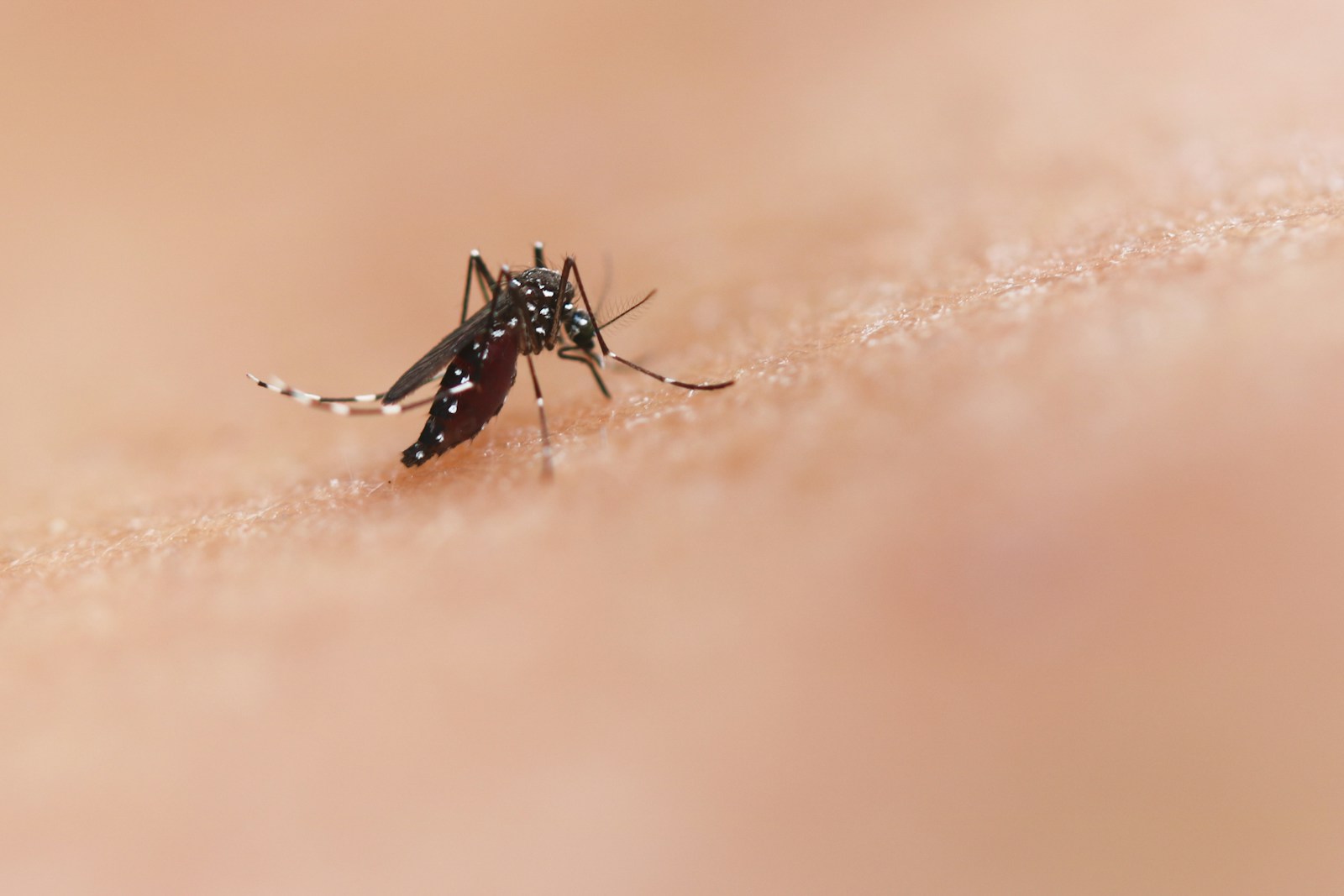Key Takeaways:
* The non-native Aedes aegypti mosquito is found in six locations in Santa Clara County
* These mosquitoes feed only on humans and can transmit several diseases
* Warmer temperatures, due to climate change, increase mosquito activity
* County officials are working to prevent the establishment of a permanent mosquito population
* Residents are urged to take preventive measures and collaborate with county staff
Aedes aegypti Mosquitoes: Growing Threat in Santa Clara County
Santa Clara County is grappling with the spread of the Aedes aegypti mosquito, a non-native species renowned for its aggressive day biting and potential to transmit diseases. Confirmed sightings of the species have risen to six locations in the county, with recent findings close to Cortez Avenue and Orlando Drive in San Jose.
Edgar Nolasco, director of the County of Santa Clara Consumer and Environmental Protection Agency, underscores the growing threat. He emphasizes the critical need for collective action to halt the spread of these invasive mosquitoes in Santa Clara County. This becomes especially crucial considering the serious diseases they can transmit.
Identifying Aedes aegypti Mosquitoes
Helping this fight against the mosquitoes, the markers to identify the Aedes aegypti are quite distinctive. An individual mosquito is about a quarter-inch in size. It sports black and white stripes visible on its back and legs. Furthermore, the mosquito is a human specialist, feeding exclusively on us, and does not travel farther than 500 feet from its hatching location.
Contributing Factors to the Mosquito Invasion
Strange as it may sound, climate change has a role to play in the spread of these mosquitoes. The ongoing rise in global temperatures has resulted in enhanced mosquito activity in Santa Clara County. Notably, established populations of Aedes aegypti mosquitoes currently exist in 19 California counties, mostly within the Central Valley and Southern California areas.
Health Risks and Preventive Measures
While the invasive mosquitoes pose a considerable health risk, prevention is within residents’ reach. The Aedes aegypti mosquito can transmit diseases such as dengue, chikungunya, Zika, and yellow fever. In 2024, there were 12 cases of locally acquired dengue reported by the Los Angeles County Department of Public Health.
The mosquitoes lay eggs in small artificial water bodies, including buckets, pet dishes, fountains, and more. To prevent their spread, it’s crucial that residents and businesses in afflicted areas check their properties and get rid of any standing water sources. The County is also working to curb the mosquito population through trapping adult mosquitoes, inspecting properties and applying pesticide to any detected larvae.
County’s Actions and Residents’ Role
As part of its strategy, the County plans to treat the area around Cortez Avenue and Orlando Drive with a series of wide-area larvicide spraying. If necessary, the county will resort to adult-mosquito-control treatments. However, the County cannot fight this invasion single-handedly and requires all residents to actively contribute to the efforts.
The County’s Vector Control District is taking the lead, disseminating critical information and advising residents on how to protect themselves from mosquito bites. Personal protection measures range from applying insect repellants to wearing long clothing and ensuring window and door screens are in good repair.
Call to Action for Residents
Residents have a key role in this. They can help decrease mosquito populations by properly screening rain barrels, fixing leaky water faucets, avoiding overwatering lawns, and dumping standing water. Additionally, they are encouraged to clean containers with hot soapy water regularly to prevent egg-laying.
As County officials continue to monitor neighborhoods and treat mosquito populations, they ask residents to permit staff access to their properties for inspection and possible treatment. Any sightings of day-biting mosquitoes should be reported to the Vector Control District. They also announced a community meeting to further engage the public in this fight against the Aedes aegypti mosquitoes.

